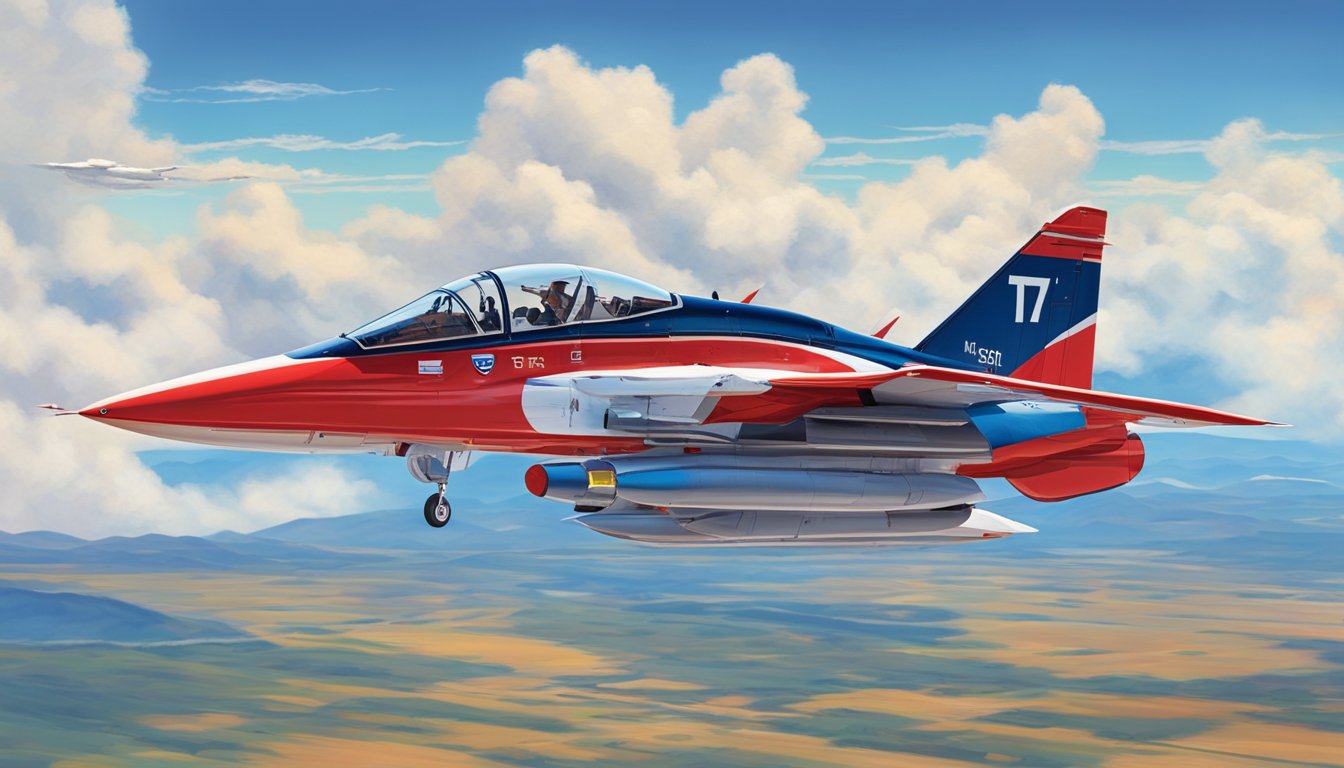T-7 Red Hawk Trainer Aircraft Production Delayed Amid Strategic Overhaul
The T-7 Red Hawk, the latest trainer aircraft for the Air Force, is facing further delays as Boeing and the military revise their acquisition plans.
Originally, the Air Force aimed to award Boeing the production contract for the first batch of T-7s in fiscal year 2025, intending to purchase seven aircraft this year.
However, this timeline has now shifted, with the contract expected to be finalized in 2026, as noted by Andrew Hunter, who oversees acquisitions for the Air Force.
Hunter recently highlighted the importance of flexibility in acquisition processes, even when contracts are fixed-price.
He has directed the T-7A project team to implement updates that would decrease risks and enhance confidence in the aircraft’s design.
This effort is crucial for ensuring that the T-7A is delivered on schedule to Air Force personnel.
Expansion of Test Aircraft Fleet
In addition, the Air Force plans to add four more test aircraft, closely aligned with the production version, utilizing research and development funds appropriated for 2025.
These new jets are slated to be delivered in fiscal year 2026, effectively doubling the current fleet of five test units stationed at locations such as Edwards Air Force Base in California.
Reassuring stakeholders, Boeing’s interim president and CEO for Defense, Space, and Security affirmed their commitment to delivering a state-of-the-art and safe training system to U.S. forces.
He expressed that this strategic shift is aimed at providing the Air Force with a production-ready aircraft configuration well ahead of the projected start of low-rate initial production.
The goal is to mitigate risks in production while speeding up the timeline for this vital capability.
- The procurement strategy includes plans for approximately 350 T-7 units to replace the aging T-38 Talon trainer fleet.
- As a cutting-edge trainer designed for fifth-generation aircraft, the T-7 is specifically engineered to facilitate the training of new pilots preparing for advanced platforms like the F-35 and various bombers.
- Boeing proudly markets its innovative digital design as a notable advancement in the realm of aircraft manufacturing.
Challenges Facing the T-7 Program
However, the T-7 program has faced numerous obstacles involving design, testing, and production, leading to ongoing schedule delays.
The Air Force originally expected to have operational T-7 aircraft as early as 2023, but challenges concerning ejection systems and flight control software have pushed that timeline back to 2024 and then to 2025.
Currently, the project is running about three years behind its original schedule.
In a February 2024 disclosure, Boeing announced that the delivery of its next test T-7 would be postponed by several months, citing issues related to component quality and supply chain disruptions.
This delay also impacted the commencement of low-rate initial production.
The introduction of these new test aircraft is intended to aid the Air Education and Training Command in advancing its testing programs and training curriculum for the T-7.
The Air Force is targeting an initial operational capability by fiscal year 2027 with the inclusion of these jets.
Hunter clarified that acquiring these test aircraft in 2025 will bolster manufacturing readiness as the program progresses towards full production of more than 350 T-7As.
He noted that reducing overlap between development, testing, and production stages could significantly lower the risk of costly retrofits affecting many aircraft.
The reworked acquisition strategy will incorporate a management style that encourages Boeing to address unforeseen challenges not originally contemplated in the 2018 contract swiftly.
Additionally, it aims to accelerate various program components.
One key emerging concern is the Air Force’s desire to extend the operational range of the T-7.
Source: Militarytimes

